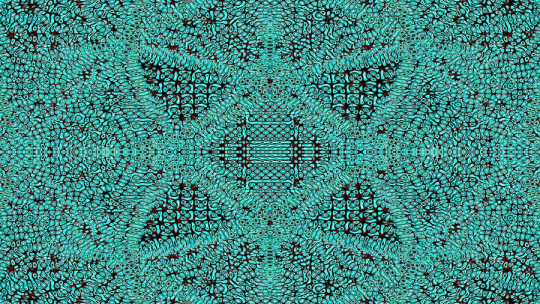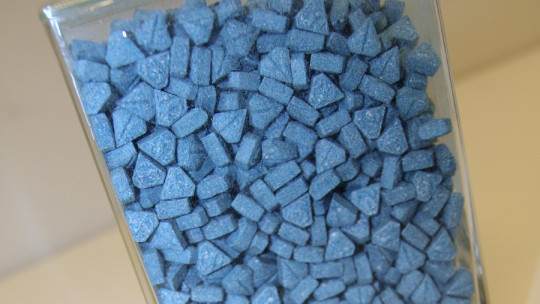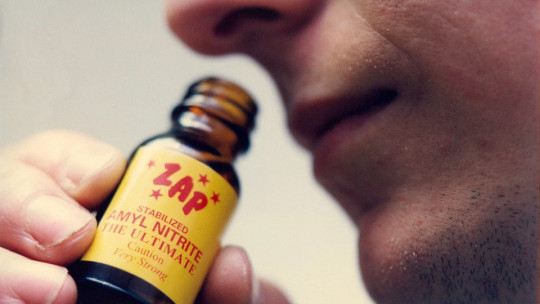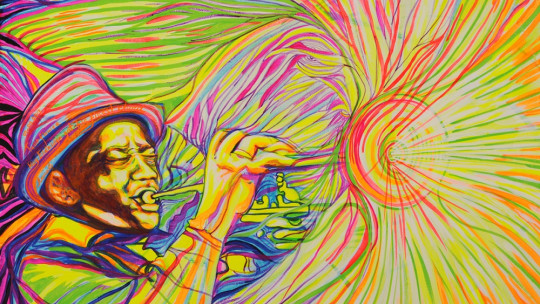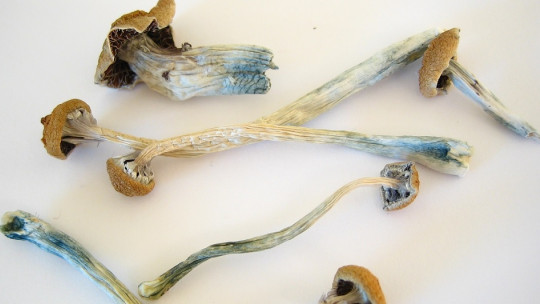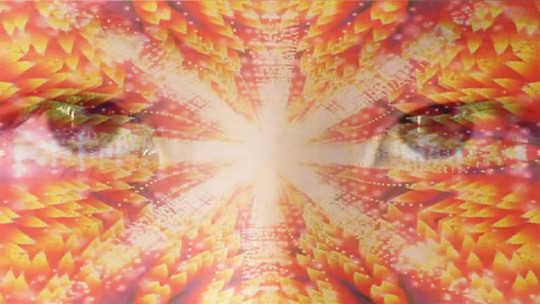
In recent decades it has become very popular ayahuasca, a drink with hallucinogenic effects used by the people of the Amazon many millennia ago to which they attributed mystical properties. In particular, they related their consumption to the transition between the world of the living and that of spirits.
In this article we will describe What is ayahuasca and what are its psychological and physical effects We will also talk about the chemical and pharmacological properties of this substance and the possible therapeutic applications of some of its components.
What is ayahuasca?
Ayahuasca is a drink with psychoactive properties that originates from the Amazon region. Along the history has been prepared and used by tribal shamans of this area as part of healing and religious ceremonies, and multiple magical traits and health benefits have been attributed to it.
It is known mainly for its effects on psychological experience: many people who have consumed ayahuasca claim that it has helped them achieve a feeling of spiritual transcendence, in some cases maintained long after consumption. In this sense, ayahuasca can be compared to drugs such as psilocybin and LSD
It is frequently prepared by boiling Banisteriopsis caapi, a liana class plant that is also known as ayahuasca and that contains alkaloids that inhibit the MAO enzyme, along with another that contains the main psychoactive factor: N,N-Dimethyltryptamine or DMT The most common thing is that this second plant is Psychotria viridis or Diplopterys cabrerana.
The term “ayahuasca” comes from the Quechua “ayawaska”, which It can be translated as “liana of the spirits” ; According to the tradition of this people, this substance allows the soul of the person who consumes it to leave their body without having to die. In other Latin American languages it is called “caapi”, “nishi cobin”, “nixi pae”, “natem” and “shori”.
Pharmacology and mechanism of action
Ayahuasca (Banisteropsis caapi) contains several alkaloids of the beta-carboline class, which inhibit the activity of the enzyme monoamine oxidase (MAO) and sometimes also the reuptake of the neurotransmitter serotonin. The most studied are harmine, harmaline and tetrahydroharmine.
This inhibition of MAO allows the blood and brain diffusion of N,N-Dimethyltryptamine (DMT), the active ingredient of ayahuasca as a drink (although, as we have said, it is not found in the plant itself but in others), which causes the characteristic psychoactive effects of this compound.
DMT is a very common endogenous hallucinogenic compound: It is present naturally in many plants, but also in the blood and cerebrospinal fluid of humans. However, at the moment it is not known with certainty what function it performs in the body.
Effects of this drug
The DMT molecule causes, according to people who have consumed it, sensations of euphoria accompanied by dynamic hallucinations These are characterized above all by the presence of geometric shapes and their transcendental character; In many cases they include perceptions of deities, of a collective consciousness of the beings of the Earth, etc.
Many people who have tried this substance claim that it has helped them achieve spiritual revelations regarding themselves or their relationship with the environment, including the cosmos. In some cases the accounts of these experiences include supernatural phenomena such as travel to other dimensions and contact with beneficial spirits.
On the other hand, it is common for the consumption of ayahuasca to cause adverse physical reactions, especially nausea and diarrhea, as well as acute emotional discomfort. Excessive consumption can cause serotonin syndrome, which is characterized by the appearance of tremors, spasms, hyperthermia and sweating and can lead to death.
Compared to other hallucinogenic substances, among which the psilocybin mushroom and LSD stand out, ayahuasca acts more quickly and intensely, but the duration of its effects is shorter. If ingested orally they remain for about 3 hours but they only last between 5 and 15 minutes if administered by inhalation or intravenously.
The therapeutic potential of ayahuasca
Research is currently being carried out on the possible therapeutic effects of ayahuasca in different medical applications. However, this field of scientific literature is still at a very early stage.
A very striking line of research is carried out by the Beckley Foundation, which relates ayahuasca to neurogenesis, that is, the formation of neurons in the brain.
It should also be taken into account that since ancient times the natives of the Amazon have used ayahuasca as a purgative to eliminate parasites (especially worms) and “negative energies” from the body and mind. In this last sense, ayahuasca is attributed a relaxing nature, although it is true that its consumption can cause anxiety.




